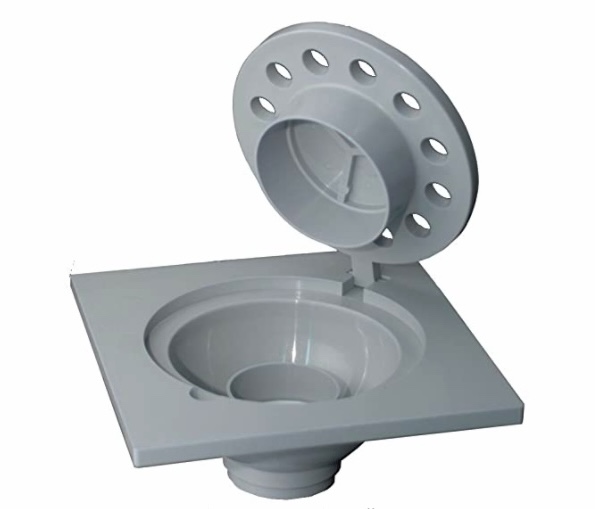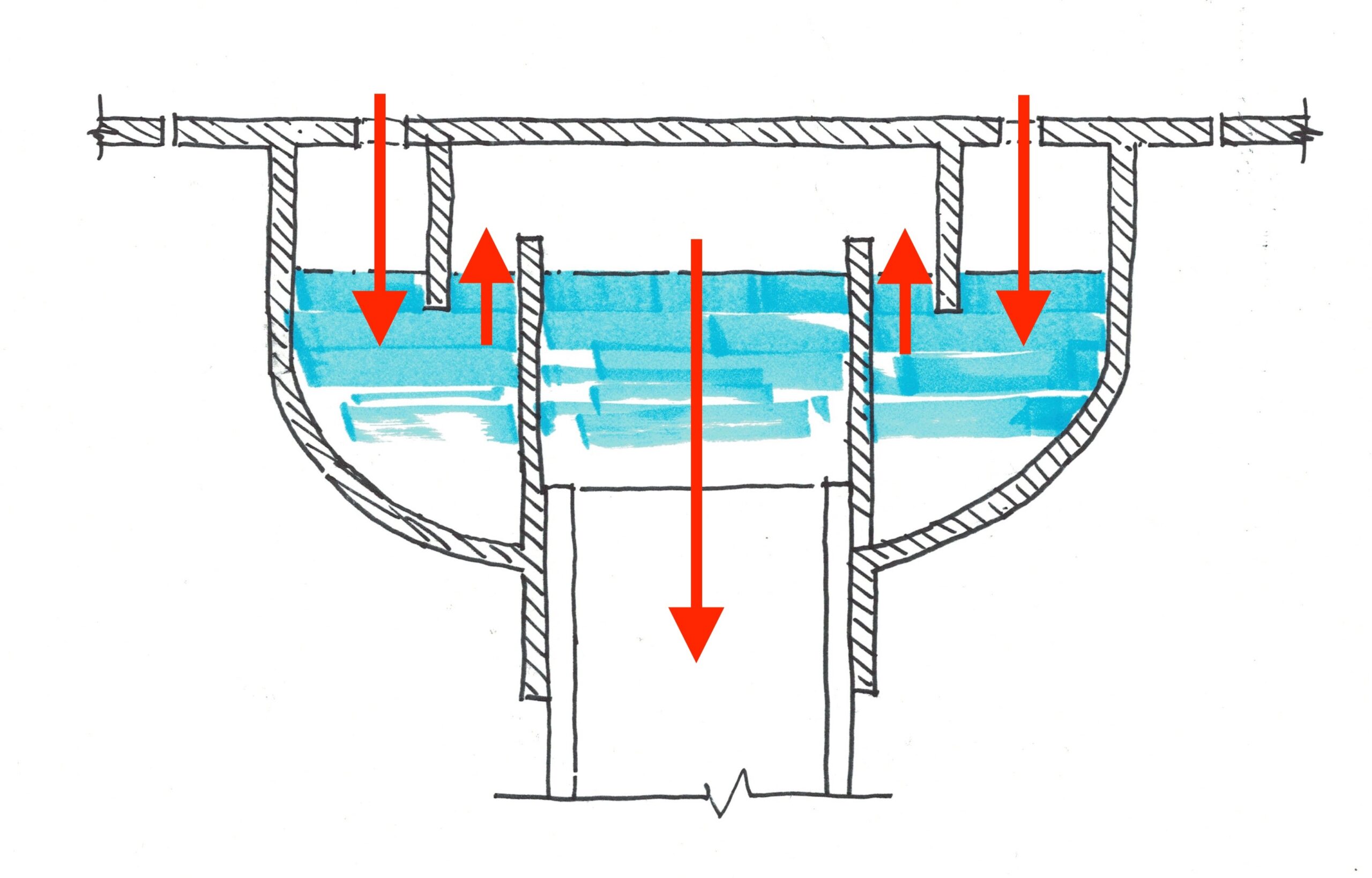A bell trap is a type of plumbing trap that is typically used to prevent sewer gases from entering a building. The trap is called a bell trap because of its shape, which is similar to a bell. The bell trap is often used in situations where a traditional P-trap cannot be installed because of space limitations.
A bell trap consists of a horizontal section of pipe that is connected to the drain pipe and a vertical section of pipe that is connected to the sewer line. The vertical section of pipe is designed to be lower than the horizontal section of pipe, which creates a small area of trapped water. The trapped water acts as a barrier, preventing the sewer gases from entering the building.

A bell trap drain is a type of plumbing fixture that is used to prevent sewer gases from entering a building and to allow water to drain from plumbing fixtures. It is typically made of PVC or ABS plastic and has a bell-shaped body that holds water. The water creates a seal that prevents sewer gases from escaping into the building. Bell trap drains are commonly used in outdoor applications such as garages, patios, and balconies.
Here are some of the key features of plumbing bell trap drains:
- Water seal: The bell-shaped body of the drain holds water, which creates a seal that prevents sewer gases from escaping.
- Strainer: Bell trap drains typically have a removable strainer that helps to prevent debris from entering the drain and causing clogs.
- Durability: Bell trap drains are made of durable PVC or ABS plastic, which makes them resistant to corrosion and chemicals.
- Easy installation: Bell trap drains are relatively easy to install and can be done by a do-it-yourself homeowner.
If you are looking for a simple and effective way to prevent sewer gases from entering your building, a bell trap drain is a good option. However, it is important to note that bell trap drains are not as effective as P-traps at preventing sewer gases. P-traps have a deeper water seal, which makes them more resistant to evaporation and the escape of sewer gases.
Uses of Plumbing Bell Trap: Bell traps are typically used for sinks, toilets, and other fixtures that have limited space underneath them. They’re also used in some older buildings where there is not enough space for modern plumbing.

Advantages:
- Bell traps are very compact and can be installed in tight spaces where traditional P-traps cannot fit.
- Bell traps are relatively simple to install, making them a good option for DIY projects
- They are less expensive than other types of traps
Disadvantages of Bell Traps
- Bell traps are not as effective at preventing sewer gases from entering the building as P-traps
- they can be prone to clogging if not properly maintained
- they require a larger trap arm which is the horizontal pipe between the trap and the wall, this can be a limitation when space is limited.
Limitations of Bell Traps
- Bell traps should not be used in situations where a traditional P-trap can be installed.
- They should not be used in areas that are prone to flooding.
- They’re not recommended for commercial and industrial use, as they are not as effective as P-traps.
It is important to note that bell traps are not as effective as P-traps at preventing sewer gases from entering the building. They are typically only used when a P-trap cannot be installed. It’s important to ensure that the installation is done by a professional plumber to ensure proper function and avoid any potential issues.